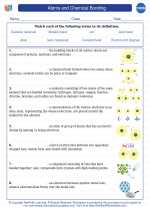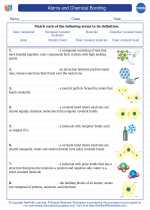Biomes Explained
A biome is a large geographical area of distinctive plant and animal groups, which are adapted to that particular environment. Biomes are typically defined by factors such as climate, vegetation, and geography. There are several major types of biomes, each with its own unique characteristics and species.
Types of Biomes
1. Tundra: Found in the northern hemisphere, characterized by extremely cold temperatures, low biodiversity, and permafrost.
2. Taiga: Also known as boreal forests, these biomes have cold winters, moderate precipitation, and coniferous trees.
3. Temperate Deciduous Forest: This biome experiences four distinct seasons, with moderate precipitation and diverse plant and animal life.
4. Grassland: Characterized by vast grassy plains, seasonal droughts, and grazing animals such as bison and zebras.
5. Desert: Defined by arid conditions, low precipitation, and specialized plants and animals adapted to conserve water.
6. Tropical Rainforest: These biomes have high temperatures, abundant rainfall, and the greatest biodiversity on Earth.
7. Marine: Encompassing oceans and seas, these biomes are home to a wide variety of aquatic life and are influenced by factors such as temperature, salinity, and depth.
Factors Affecting Biomes
Biomes are influenced by several key factors including:
Study Guide
To understand biomes, it's important to grasp the interplay of climate, geography, and ecological adaptations. Consider the following questions:
- How do temperature and precipitation patterns influence the distribution of biomes?
- What types of plant and animal adaptations are found in each biome?
- What are the human impacts on biomes, and how can we work towards conservation and preservation?
- How do abiotic factors such as soil type and altitude contribute to biome formation?
By exploring these questions and delving into the unique characteristics of each biome, you can gain a deeper understanding of the Earth's diverse and interconnected ecosystems.
[Biomes] Related Worksheets and Study Guides:
.◂Chemistry Worksheets and Study Guides High School. Atoms and Chemical Bonding

 Worksheet/Answer key
Worksheet/Answer key
 Worksheet/Answer key
Worksheet/Answer key
 Vocabulary/Answer key
Vocabulary/Answer key
 Vocabulary/Answer key
Vocabulary/Answer key
